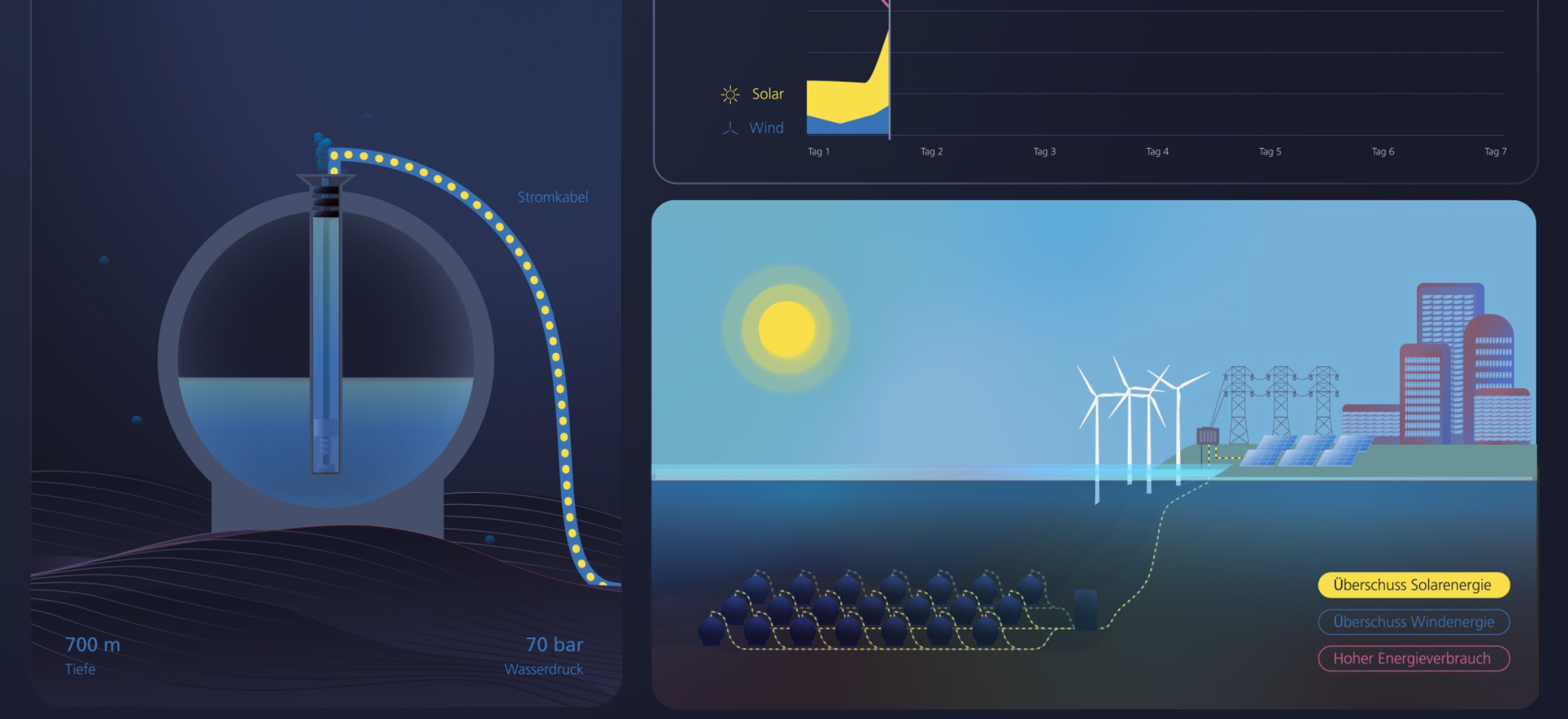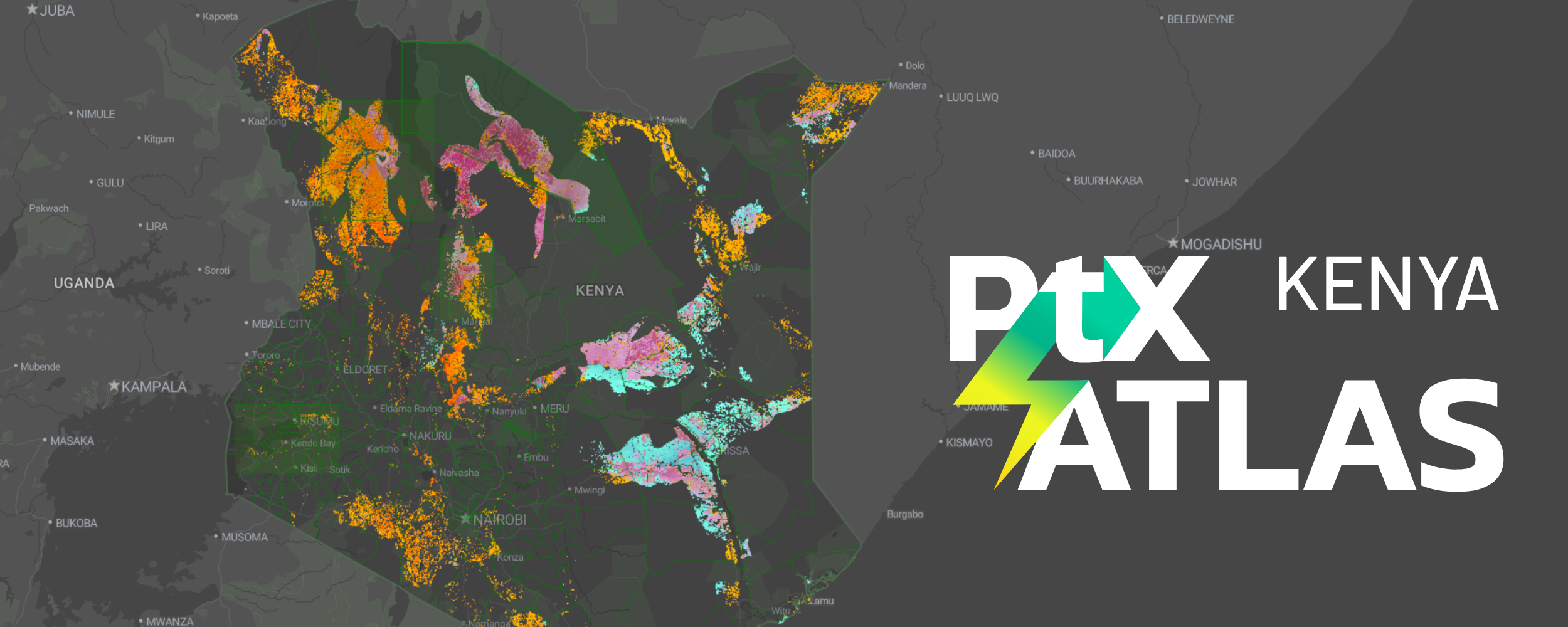DIN EN ISO/IEC 27001 Certification
For Fraunhofer IEE, the secure and efficient handling of critical data and secure information systems is important. That is why we have had an information security management system (ISMS) certified for various business areas. The focus is on efficient risk management and continuous improvement of information security, for example by being prepared for possible cyber attacks and IT emergencies. The functionality of our ISMS is regularly checked in external audits by independent third parties.



